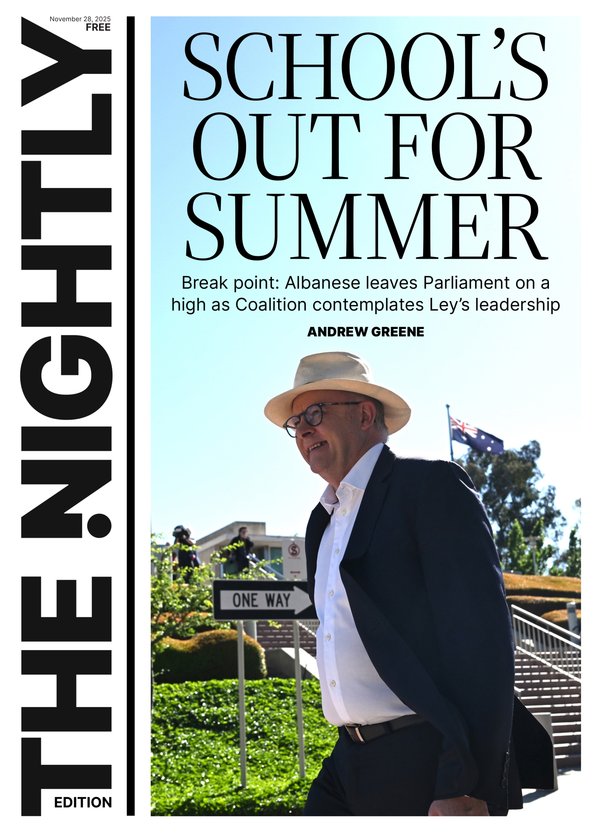Revealed: The top 10 best retirement locations in Australia for 2025
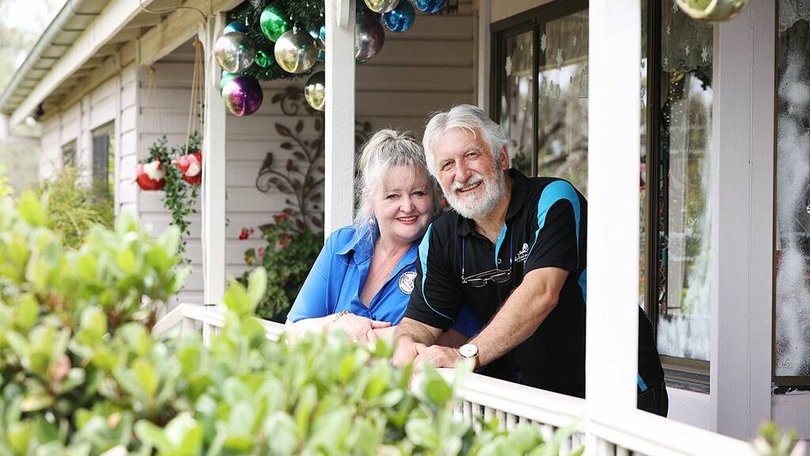
"We used to leave Brisbane on a Friday and come down here to work in the garden and do up the place," retiree Lizzie Sabo said, remembering the weekend trips that led to a life-changing move.
For Mrs Sabo and her husband Joe, what began as a part-time hobby turned into a full-blown tree change: they left Brisbane for Glen Aplin and started a bed-and-breakfast that rooted them in Queensland's Granite Belt.
Sign up to The Nightly's newsletters.
Get the first look at the digital newspaper, curated daily stories and breaking headlines delivered to your inbox.
By continuing you agree to our Terms and Privacy Policy."One New Year's Eve, I rang my boss just before midnight and quit," she said. "He laughed and said, 'It's about time'.
"Life's busy in a different way and it's meaningful. We don't miss the city for a second."
Their story is one of many captured in Citro's 2025 Australia's Top 50 Retirement Locations guide, released with AMP research.
The report ranks the best Australian towns and suburbs for later-life living, blending Cotality data on house prices, healthcare access and liveability with softer lifestyle factors that matter when people make a life-changing move were also considered.
About 300 regional communities with a population of 10,000 or more were analysed.
Affordability and lifestyle the key drivers
Citro's report found that more than one in three Australians aged over 50 are considering relocating when they retire, and nearly four in 10 downsizers are already choosing to move to regional areas.
The motivations are clear.
"Australians over 40 are asking smart questions about where they'll spend the next chapter of their lives," Toby Ellis, Citro's managing director said.
"It's about matching the practical - like affordability and healthcare - with the aspirational - like lifestyle and connection - to find the right place to really thrive in retirement."
Many regional areas still offer significant value compared with capital city markets, allowing retirees to unlock equity from their city homes when downsizing and boost their financial confidence.
At the same time, these regional locations are increasingly rich in infrastructure, healthcare access and lifestyle amenities.
"What ties any kind of late-life move together is the mindset change," Johanna Urrutia, Co-CEO of OpenAgent said.
"Downsizing is no longer a 'last resort' but more so a lifestyle upgrade. With less upkeep, no dependents and a healthy slice of equity unlocked, this next chapter can be some of the best years of your life."
Ben Hillier, AMP's director of retirement, agreed that retirees are looking for more than just a financial plan.
"Australians are telling us they want retirement to be about more than just making ends meet - they're looking for confidence, community and choice," he said.
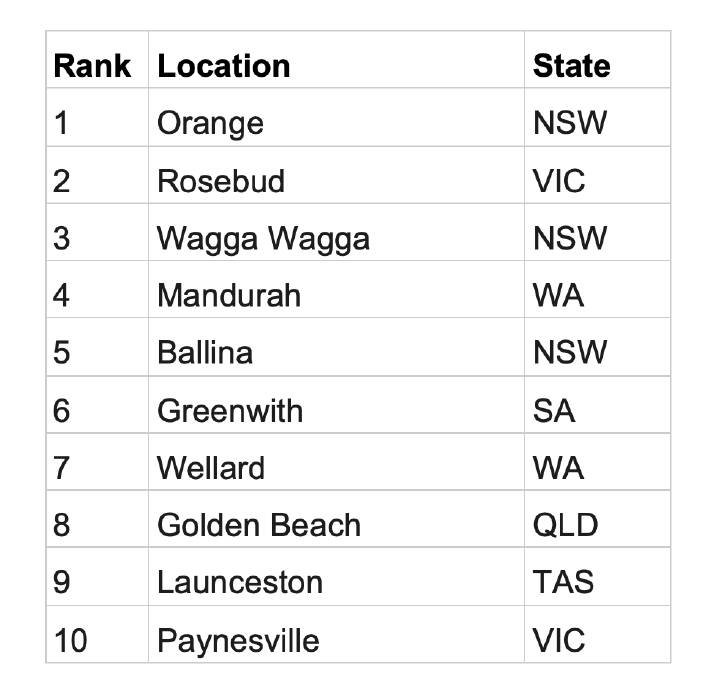
Top spots for retiree relocation
The report includes a top 50 suburb ranking based on five criteria: housing affordability, housing availability, healthcare access, transport options and lifestyle factors.
But this year, there is also the inclusion of 10 'gold-plated' areas: premium areas that mightn't be affordable to all, but offer exceptional liveability and value when compared to similar locations.
Hot spots stretch from beachside escapes to inland towns with a thriving cultural scene.
Australia's top 10 best locations for retirement
Orange in NSW took the crown as the top retirement location for 2025. It has a median dwelling price of $665,000.
A buzzing regional city, popular Orange blends rural charm with metropolitan living - a strong local economy, renowned food and wine scene, top-class healthcare, excellent transport links and a thriving cultural calendar.
With new housing developments on the horizon and plenty of choice already available, Orange gives retirees both comfort and possibility in equal measure.
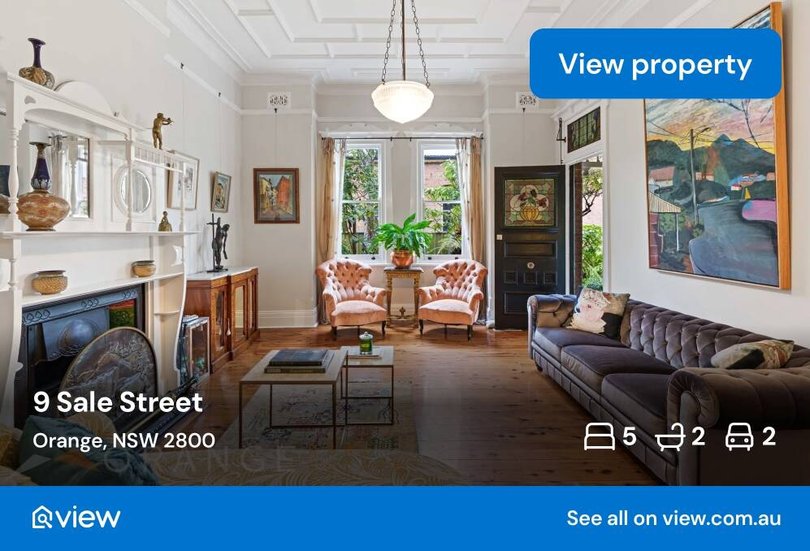
Rosebud in Victoria's Mornington Peninsula took the second spot, with a median dwelling price of $769,000, according to Cotality.
In 2024's report, Armidale took out top spot, but this year, it only just made the top 20.
"The drop was largely due to limited housing availability - something that has really impacted this lovely regional town as it's become more popular," the report said.
"As a result, Armidale's housing affordability has also been declining."
Australia's 10 gold-plated retirement locations
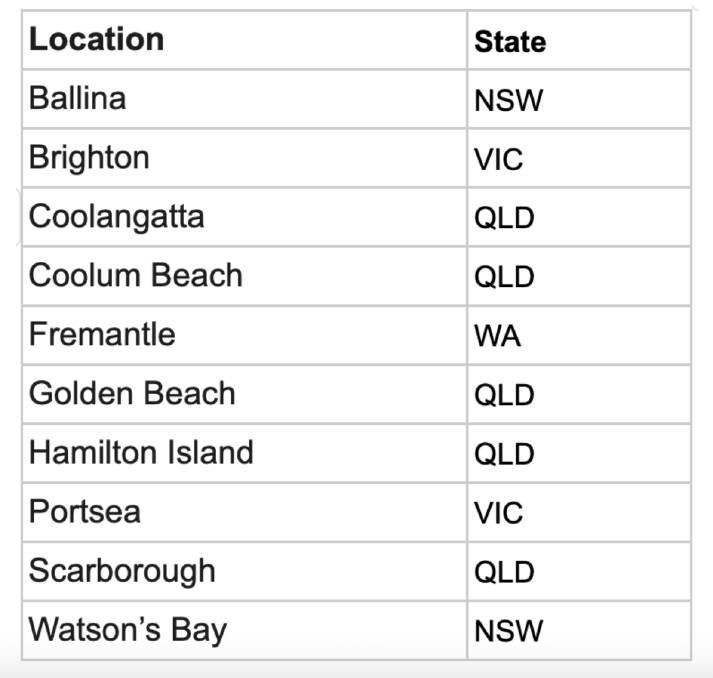
Ballina in NSW is one of 10 gold-plated locations, a pick for its great beaches, food, fishing and an equally great community, where you get "the feel of Byron Bay without the crowds".
Across the border, Coolangatta and Coolum Beach on the Gold and Sunshine Coasts, respectively, offer coastal beauty without the glitz and crowds of Surfers Paradise or Noosa.
Planning the next chapter: sea change or tree change?
OpenAgent data combined with Cotality's latest regional market update shows that while metro areas still attract more downsizers overall (63 per cent stay metro), there's a strong trend towards regional living in several key states: NSW (46 per cent), Qld (42 per cent) and WA (43 per cent).
In Melbourne, a whopping 80 per cent of downsizers stay in urban areas, likely due to the city's renowned cultural scene and amenities.
For those making the regional move, Ms Urrutia said that boosted equity and lifestyle upgrades are major drawcards.
"We talk to a lot of agents, and what we tend to hear about the sea-change buyer's typical wishlist is quite consistent: a coastal village feel, flat promenades that lend themselves to easy walks and bike rides, reliable high-speed internet and access to a hospital or medical centre to feel safe," she said.
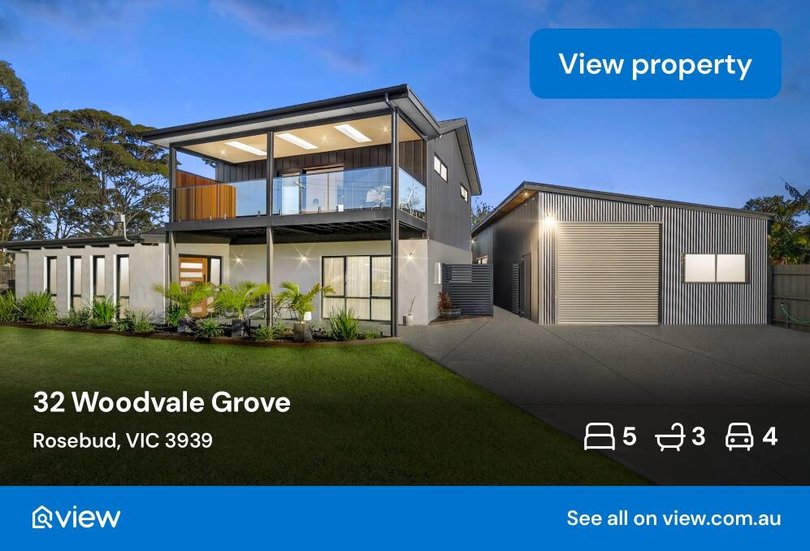
"In other words, they want that 'everyday feels a bit like a holiday' feeling without sacrificing connectivity or healthcare."
For retiree sea changers, the report found regional coastal hubs stirring the most interest include Ballina, Yamba and Tuncurry in NSW; Brighton, Rosebud and Paynesville in Victoria; Hervey Bay, Port Douglas and Coolangatta in Queensland; Victor Harbor, Kangaroo Island and Wallaroo in South Australia; Huonville, Launceston, St Marys in Tasmania; and Esperance, Fremantle and Mandurah in Western Australia.
Those headed inland are after the same fundamentals in a different flavour.
"Budget often tips the scales, as inland hubs within a two-hour drive of capital cities usually offer more bang for your buck than coastal cousins, making the lifestyle upgrade easier on the wallet," Ms Urrutia said.
"But that's not the only reason people opt to go inland. These buyers are chasing the same fundamentals, like a friendly community and good services, but the flavour is different.
"They lean toward cool-climate towns where an arts scene, farmer's markets and extra land for a veggie bed or workshop replaces the lure of the ocean."
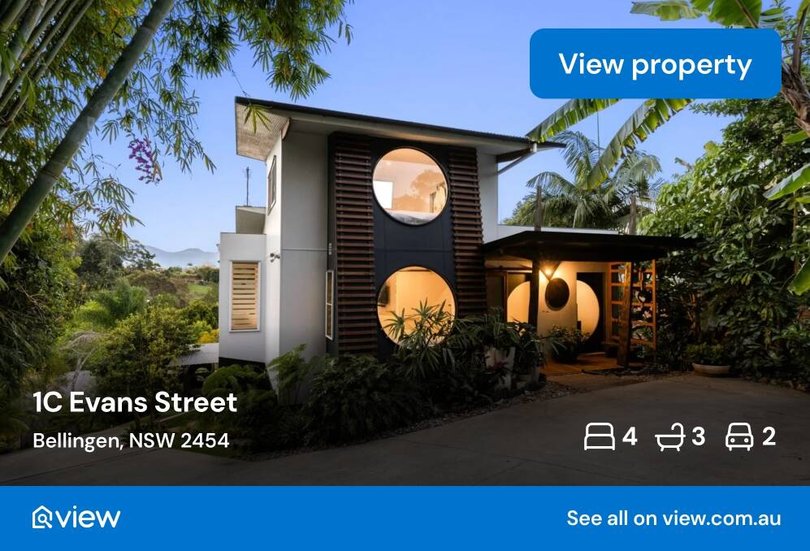
For tree change retirees, popular areas include Armidale, Bellingen and Katoomba in NSW; Beechworth, Echuca and Maryborough in Victoria; Tamborine Mountain, Stanthorpe and Milton in Queensland; Mount Barker, Murray Bridge and Greenwith in South Australia; Clarence District in Tasmania; and Bridgetown and Mount Barker in Western Australia.
As the cost of living rises and property prices remain high in many capital cities, downsizing to a regional hotspot can deliver both financial and emotional dividends.
It's an opportunity to reduce costs, free up capital and embrace a lifestyle that prioritises connection and wellbeing.

Originally published as Revealed: The top 10 best retirement locations in Australia for 2025
